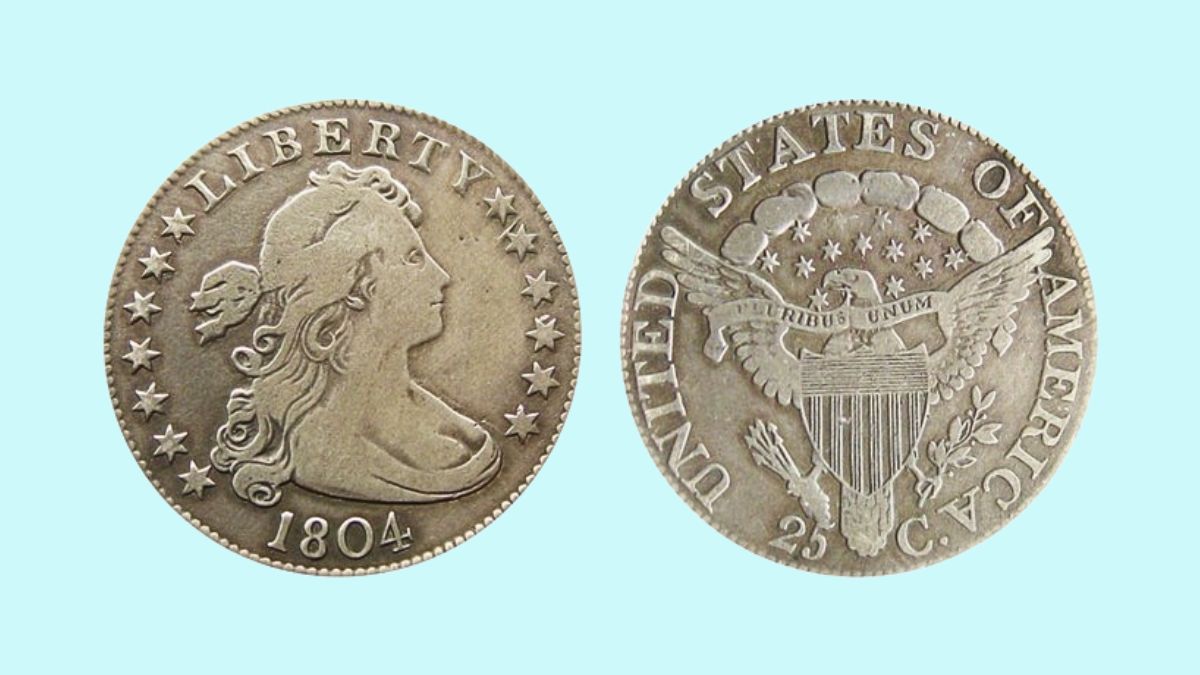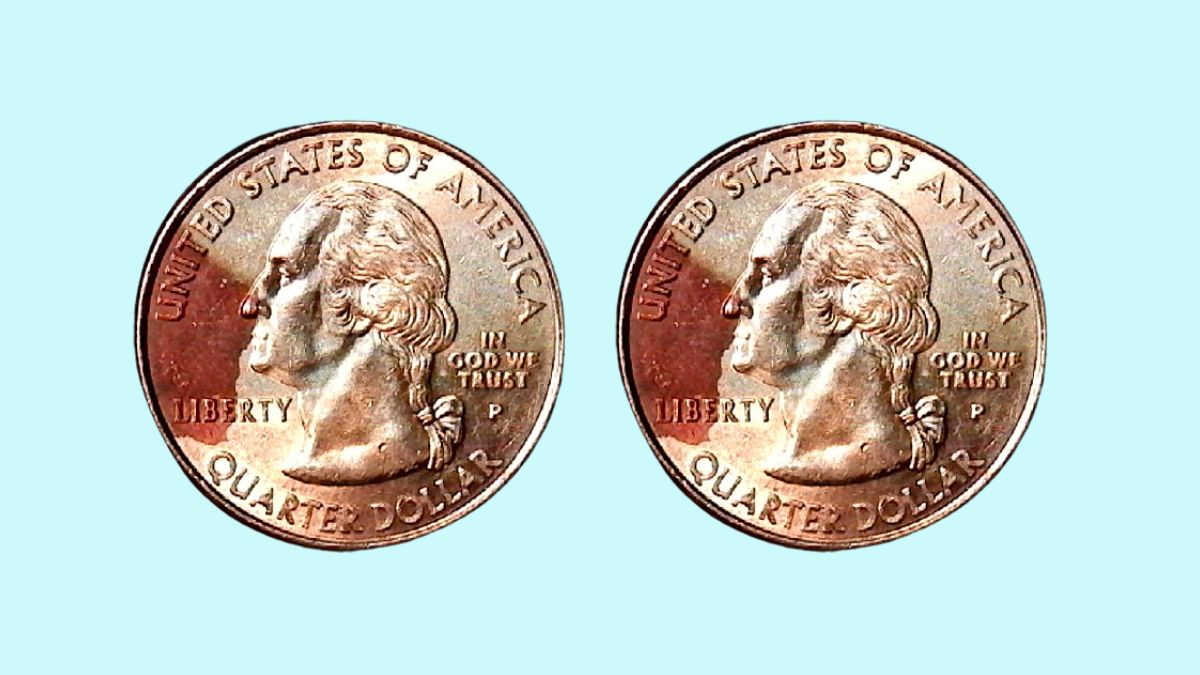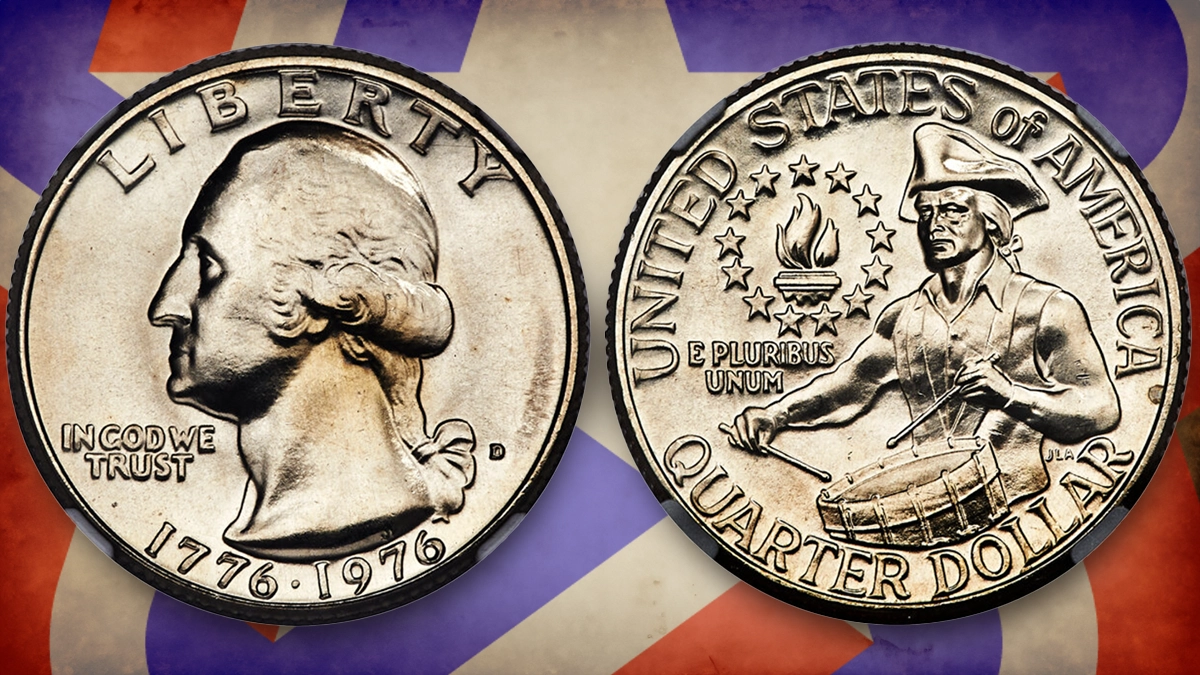Rare Bicentennial Quarter Has Nearly $75 Million Value — Plus 4 More Worth Big Money:-The world of numismatics has always been full of fascinating tales, and the 1976 Bicentennial Quarter is no exception.
Rare Bicentennial Quarter Has Nearly $75 Million Value — Plus 4 More Worth Big Money
This coin, struck to commemorate the 200th anniversary of the signing of the Declaration of Independence, has intrigued collectors and historians alike.
ALSO SEE : Bicentennial Bonanza: $10 Million Value + 5 Rare Quarters Worth $65K Value
While most Bicentennial Quarters are relatively common and only worth their face value of 25 cents, there are rare and extraordinary examples that have garnered headlines for their purported value.
One such claim is that a single Bicentennial Quarter is worth nearly $75 million. Alongside this extraordinary case, there are four additional Bicentennial Quarters that have fetched impressive sums.
In this exploration, we’ll discuss these high-value coins, the factors contributing to their worth, and address common questions surrounding these pieces of American history.
The Bicentennial Quarter: Historical Significance
The Bicentennial Quarter is one of three coins released in 1975 and 1976 to celebrate America’s 200th birthday, the other two being the Bicentennial Half Dollar and the Bicentennial Dollar. The quarter features a unique reverse design by Jack L.
Ahr, depicting a colonial drummer boy with a torch encircled by 13 stars, symbolizing the original colonies. The obverse retained the familiar image of George Washington. The date “1776–1976” replaces the traditional single year of minting, signifying the nation’s bicentennial.
The coins were struck at three different U.S. Mint locations: Philadelphia (no mint mark), Denver (“D” mint mark), and San Francisco (“S” mint mark).
The San Francisco Mint produced special silver-clad proof and uncirculated sets, which are more valuable than the standard copper-nickel coins.
In total, over 1.6 billion Bicentennial Quarters were minted, making them widely available. However, among the billions minted, there are a few rare gems that have reached jaw-dropping valuations.
The Nearly $75 Million Bicentennial Quarter: Myth or Reality?

One of the most sensational claims in the world of rare coins is the existence of a Bicentennial Quarter valued at nearly $75 million.
This assertion, while captivating, remains shrouded in mystery and skepticism. The rumored coin is said to feature an unprecedented mint error or possess a unique historical provenance that elevates its value far beyond what is typical.
In the numismatic community, there are a few plausible factors that could theoretically justify such a high valuation:
- Unmatched Mint Error: A one-of-a-kind mint error, such as a double-strike, off-metal strike, or a planchet mix-up involving precious metals, could command an astronomical price if authenticated and proven to be unique.
- Perfect Grade: Coins are graded on a scale from 1 to 70, with 70 representing a flawless specimen. A Bicentennial Quarter graded MS70 or PR70 Deep Cameo (for proof coins) is extremely rare and would be highly desirable.
- Exceptional Provenance: If a coin has a documented history of being part of a famous collection or linked to a significant historical event, its value could be significantly enhanced.
However, as of now, there is no verifiable evidence of a Bicentennial Quarter selling for $75 million. The claim remains a legend within the numismatic world, perpetuated by speculation and hopeful dreams.
Four More Bicentennial Quarters Worth Big Money

While the $75 million Bicentennial Quarter may be more myth than reality, there are documented cases of Bicentennial Quarters that have fetched impressive sums. Here are four notable examples:
- 1976-S Silver Bicentennial Quarter (MS69): This coin, struck in 40% silver, achieved an extraordinary auction price of $19,200 in 2019. Graded MS69 by the Professional Coin Grading Service (PCGS), it is one of the highest-graded examples known.
- The rarity of a near-perfect silver Bicentennial Quarter adds to its allure, making it highly desirable among collectors.
- 1976-D Bicentennial Quarter with Double Die Obverse (MS65): Double die errors are among the most coveted types of minting anomalies. A 1976-D Bicentennial Quarter featuring a double die obverse error, graded MS65, sold for $8,400.
- The doubling effect on the design elements, combined with the coin’s excellent condition, contributed to its substantial value.
- 1976-S Silver Proof Bicentennial Quarter (PR70 Deep Cameo): Proof coins are made with special care and feature mirror-like finishes.
- A 1976-S Silver Proof Bicentennial Quarter graded PR70 Deep Cameo, indicating a flawless surface and strong contrast between the design and background, fetched $7,200 at auction. Proof coins of this quality are extremely rare and in high demand.
- 1976-P Bicentennial Quarter with Die Clash Error (MS63): Die clash errors occur when the dies strike each other without a planchet in between, leaving an imprint of the design on the opposing die.
- A 1976-P Bicentennial Quarter with this type of error, graded MS63, sold for $5,500. Although the grade is not the highest, the uniqueness of the error made this coin valuable.
What Makes a Bicentennial Quarter Valuable?

Several factors contribute to the value of a Bicentennial Quarter:
- Minting Errors: Coins with errors, such as double dies, off-center strikes, and die clashes, are rare and highly sought after. The more unique and pronounced the error, the higher the coin’s value.
- Grade and Condition: The condition of a coin is crucial in determining its value. Coins are graded from 1 to 70, with higher numbers indicating better preservation. Mint State (MS) and Proof (PR) coins in pristine condition are worth significantly more.
- Composition: Silver Bicentennial Quarters, which were struck in 40% silver for collectors, are more valuable than the common copper-nickel versions. Their scarcity and precious metal content add to their desirability.
- Historical Significance: The historical context of the Bicentennial celebration adds a layer of interest, especially for collectors who value pieces of Americana.
FAQs About Rare Bicentennial Quarters
Q1: Are all Bicentennial Quarters valuable?
No, most Bicentennial Quarters in circulation are only worth their face value of 25 cents. However, uncirculated coins, silver versions, and those with rare minting errors can be worth much more.
Q2: How can I tell if my Bicentennial Quarter is silver?
Silver Bicentennial Quarters have a solid silver-colored edge, unlike the copper-nickel versions, which display a copper stripe. They were minted only at the San Francisco Mint and bear an “S” mint mark. Additionally, they weigh slightly more than the copper-nickel coins.
Q3: What is a double die error?
A double die error occurs when the design on the coin is impressed twice onto the die, resulting in a doubled appearance on parts of the text or imagery. These errors are rare and increase the coin’s value significantly.
Q4: How do I get my Bicentennial Quarter graded?
You can submit your coin to a professional grading service like PCGS or the Numismatic Guaranty Corporation (NGC). They will authenticate and grade the coin based on its condition and rarity. A graded coin is often more valuable and easier to sell.
Q5: Where can I sell a valuable Bicentennial Quarter?
You can sell rare coins through auction houses, coin dealers, or online platforms like eBay and Heritage Auctions. It’s best to have your coin professionally graded to maximize its value and appeal to serious collectors.
Conclusion
The story of the nearly $75 million Bicentennial Quarter may be more of a captivating myth than a documented fact, but it continues to fuel the dreams and excitement of coin collectors everywhere.
What is undeniable, however, is that certain rare Bicentennial Quarters have sold for significant amounts, sometimes reaching tens of thousands of dollars.
Whether it’s a unique minting error, a flawless silver proof, or an exceptional grade, these coins represent an exciting chapter in American numismatic history. Collectors continue to search for these hidden gems, hoping to strike it rich with a piece of America’s past.












